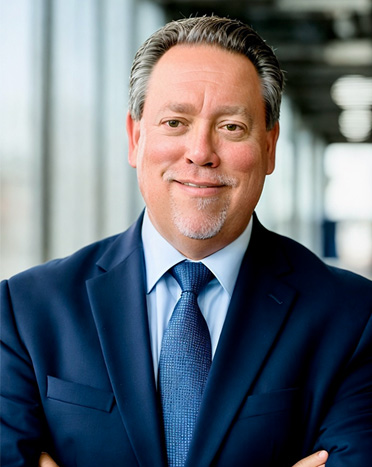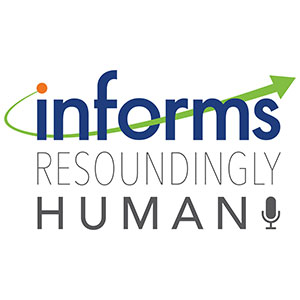
Covid-19 vaccine waste is about to go up in the US
The US has run one of the most successful Covid-19 vaccination campaigns in the world. States have administered more than 290 million jabs and 62% of adults have received at least one dose. The country is swimming in vaccines—so much so, in fact, that experts are warning it may lead to more wastage as supply begins to significantly outstrip demand.















